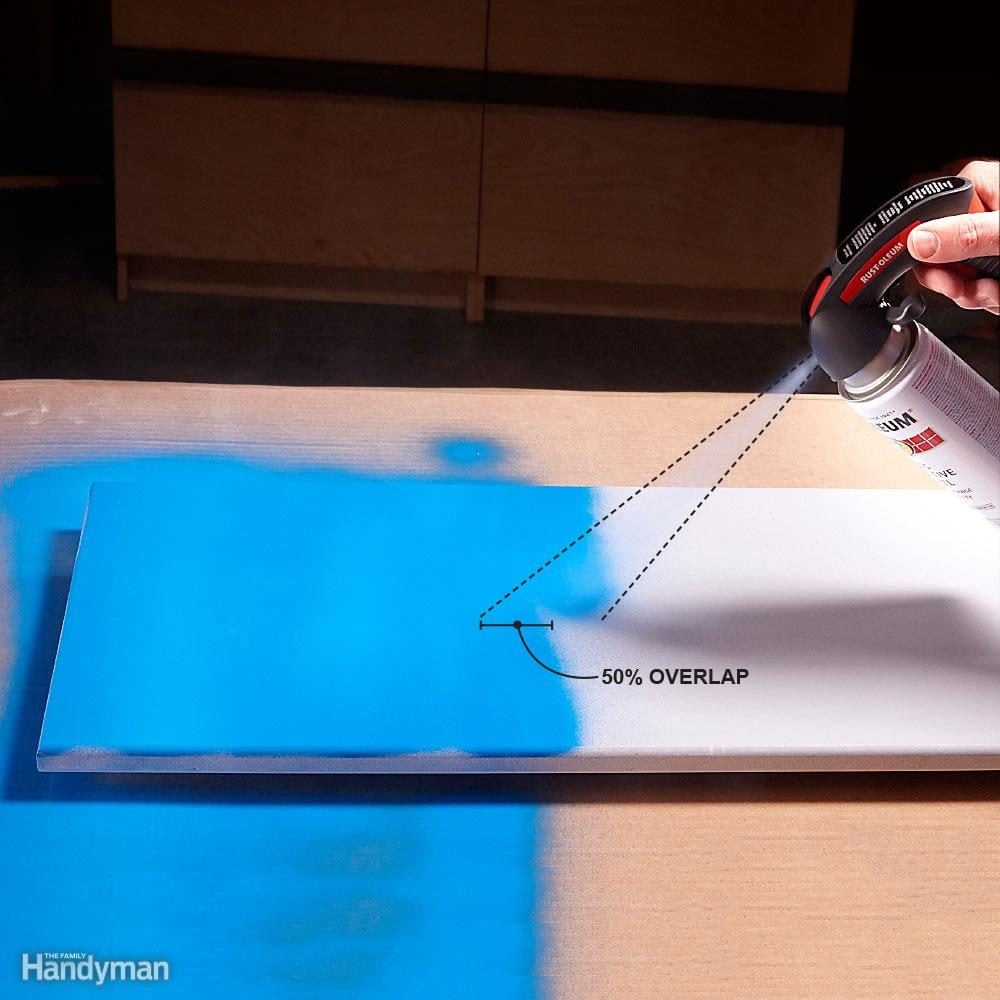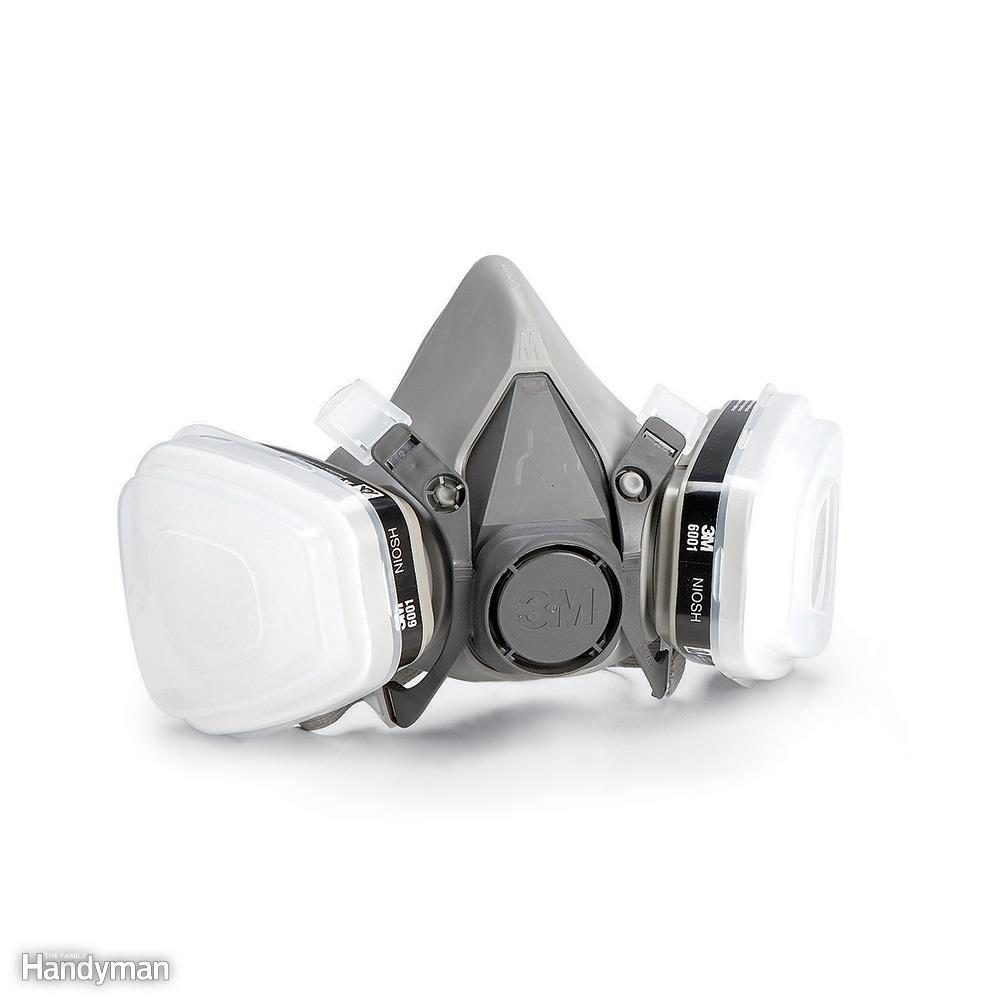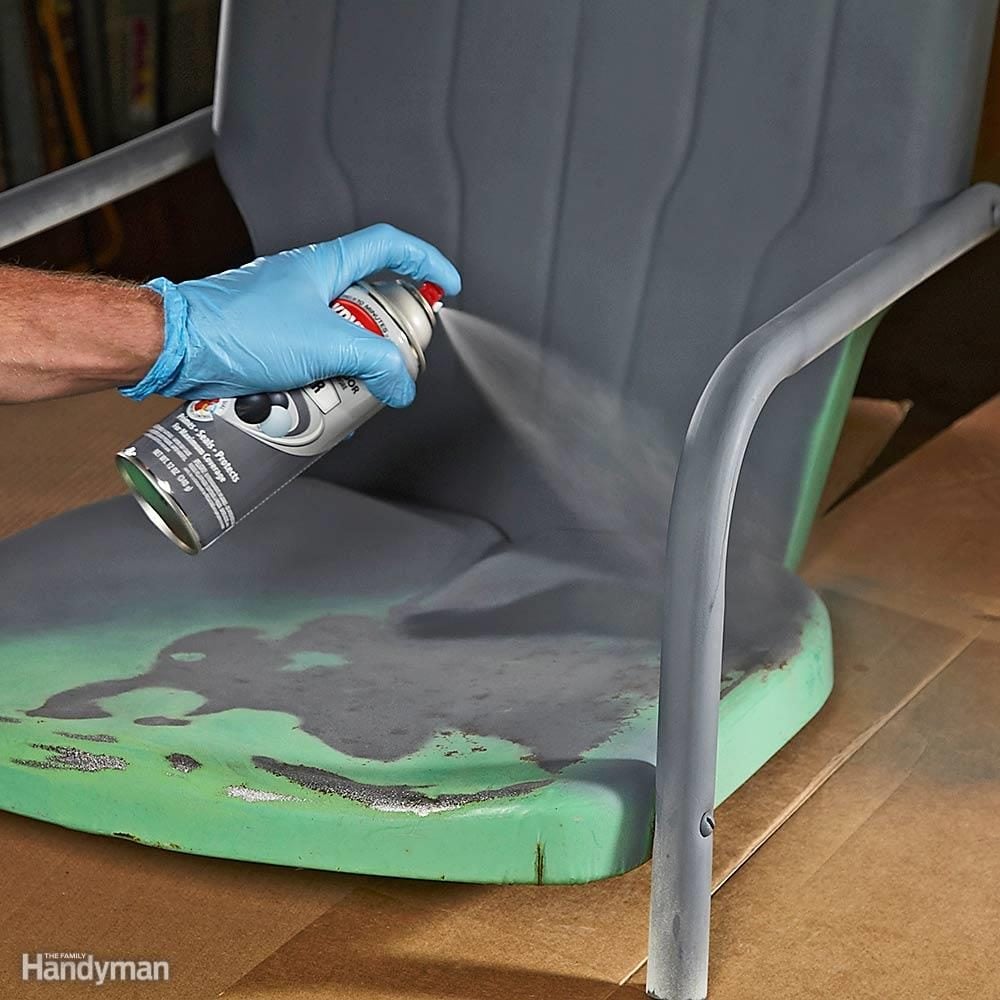You've most likely never heard of Bonnie Seymour, but she did you a huge favor. In 1949, she suggested that her husband try putting paint in an aerosol can. He did, it worked, and painting got a whole lot easier. Here are some key tips for success with Bonnie's brilliant invention.
10 Things You Need to Know Before Spray Painting

Plastic Paint Works!
Conventional spray paints just won't stick to plastic. Now paint manufacturers offer paint just for that application. These paints don't just stick; they fuse with the plastic surface to form a super-strong bond. Krylon Fusion for Plastic and Rust-Oleum 2x are two common brands.

Light Coats and Patience Prevent Runs

Overlap 50 Percent
If you overlap just a little, you'll get stripes of heavy and light coverage. So instead, aim for 50 percent overlap, with each pass overlapping the previous pass about halfway.

Don't Swing an Arc
It's the most natural motion for your arm, but swinging gives you heavy coverage in the middle of the project and light coverage at the ends. So move the can parallel to the surface, concentrating on straight, steady motion.

Get a Handle
If you've ever sprayed a project that required several cans of paint, you already know about finger strain. For less than five bucks, a trigger handle not only prevents the pain but also gives you better control of the can.

Wear a Respirator

Start Before; Stop After

Smooth a Rough Surface
If you want a smooth finish, pick the right primer. Some are formulated to fill pockmarks and scratches. Plus, they're sandable so you can smooth the surface before top-coating with paint.

Spin and Spray
On some projects, you can walk miles circling the item to spray all the surfaces. Instead, pick up a lazy Susan at a discount store and save some legwork.



















